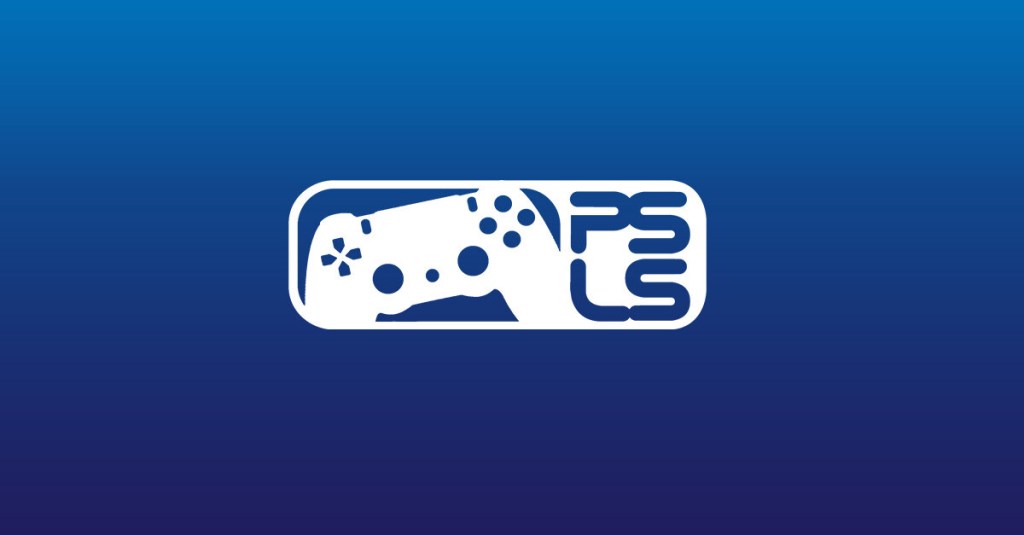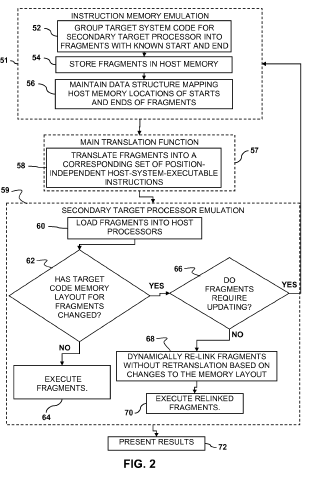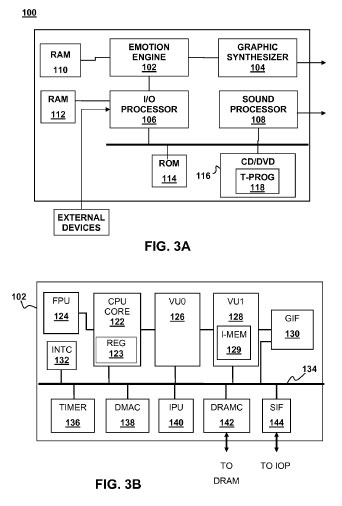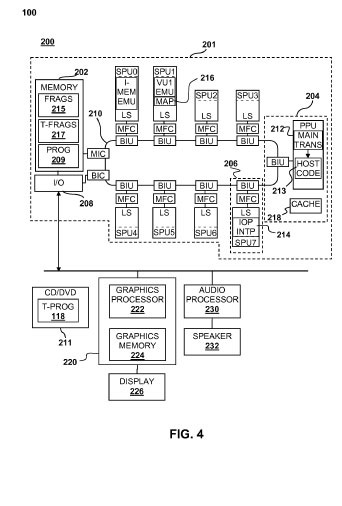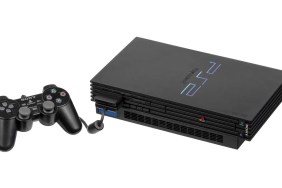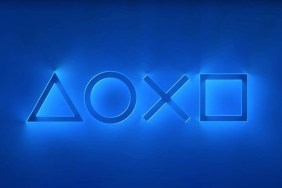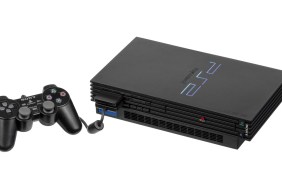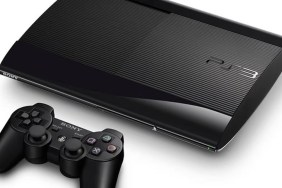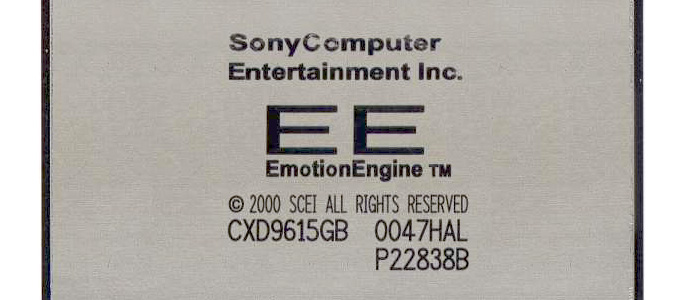
The only Playstation 3 consoles that are backwards compatible, meaning that they can play most Playstation 2 games, are the launch 20GB, 60GB and the original 80GB SKUs. Sony cut backwards compatibility in order to drastically reduce manufacturing costs. And though this allowed for a significant price cut, it also resulted in a substantial user base that lacks the ability to play classic PS2 games. However, recent Sony patents reveal they may be trying to help the PS3 units that aren’t backwards compatible.
The 20GB and 60GB PS3s available at launch were backwards compatible completely through hardware emulation. This means that the PS3 motherboard had the PS2’s CPU, the Emotion Engine, as well as the I/O chip, Graphics Synthesizer, and memory units. However, in the original 80GB, the Emotion Engine functions were performed entirely through software emulation, allowing Sony to get rid of a few components before ultimately taking out all PS2 hardware from the PS3 in the 40GB, 160GB, and current 80GB SKUs.
When emulating hardware through software, two different processes are utilized. One way is to have the target code decoded, and then coded into a language the host can understand. The other way is when the target code is broken down, then recompiled into programs in the host’s language. Siliconera put it best when they said:
“Interpretation is like having someone constantly translating English to Japanese for you, non stop, twenty four hours a day wherever you go. Decoding and recompiling is like someone translating a set of words and putting them in a dictionary you can reference.”
The recent Sony patent indicates they have found a way to translate Emotion Engine instructions into “chunks” that can be referenced and used by the PS3 components, particularly the Cell processor.
The three images included above are a portion of the patent Sony submitted. Figure 2, or the first one, is a drawing of how the system works. In the middle, or Figure 3B, is the actual emotion engine setup in the PS2. 3A is a visualization of the PS2’s entire chipset. On the far right, or Figure 4, is, “an example of a host system based on a cell processor that may be configured to emulate the target system.”
Whether this may come in the form of a firmware update, or if at all, has yet to be seen. Do you want Sony to make backwards compatibility standard across all PS3 consoles through this new technique? Post your replies in the comment section below.
Update: Corrected statement about backwards compatibility for PS1 titles.
[Source]
